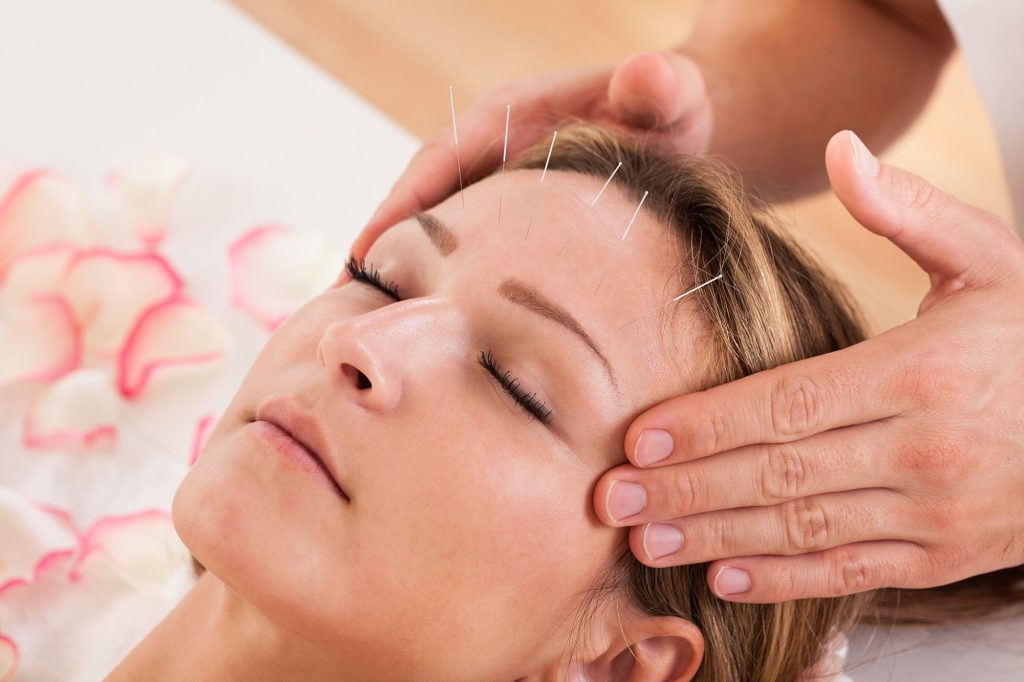Millions of people around the world suffer from headaches every year. They come in many forms and are caused by different things. Stress and migraine headaches are two of the most common types. For effective headaches treatment, it’s important to know the differences between these types of headaches and look into custom treatment choices.
When you have a migraine, the pain is very bad and throbbing, usually on one side of your head. The attacks can last anywhere from a few hours to a few days, and people often feel sick, throw up, and be sensitive to light and sound during them. Migraines can make daily life and quality of life very hard for some people.
Understanding Tension Headaches
Tension headaches are the most common type of headache, characterized by a constant, dull pain on both sides of the head. Unlike migraines, tension headaches are generally milder but can last longer, sometimes persisting for days. They are often described as feeling like a tight band around the head.
Triggers:
Stress And Worry: Tension headaches are usually caused by a lot of stress and worry.
Bad Posture: If you sit or stand in the same place for a long time, your muscles can get tense and you may get headaches.
Eye Strain: Tension headaches can happen if you use digital devices for long periods of time without taking breaks.
Tension In The Muscles: An often-found reason is neck and shoulder muscles that are too tight.
Tailored Treatment Options
Effective treatment for headaches involves understanding the specific type and cause of the headache. Here, we explore various tailored treatment options for migraines and tension headaches.
1. Medication:
For both migraines and tension headaches, medication can be a cornerstone of treatment. However, the types of medications used can vary.
Migraines: Triptans, such as sumatriptan, are often prescribed to relieve migraine pain. Preventative medications like beta-blockers, anticonvulsants, and antidepressants can reduce the frequency and severity of migraines.
Tension Headaches: People often take over-the-counter painkillers like aspirin, ibuprofen, and acetaminophen. Antidepressants and muscle relaxants may be given to people who have recurrent tension headaches.
2. Lifestyle Changes:
Making changes to your lifestyle can help you deal with both migraines and stress headaches.
Dietary Changes: Finding food triggers and staying away from them can help keep headaches at bay. For tension headaches, eating at normal times and drinking plenty of water are very important.
Stress Management: Meditation, yoga, and deep breathing can all help you feel less stressed, which can keep you from getting both types of headaches.
Sleep Hygiene: Setting a regular sleep routine and making your bedroom a relaxing place to sleep can help reduce headache triggers.
3. Physical Therapies:
Physical therapies are particularly effective for tension headaches but can also benefit migraine sufferers.
Massage Therapy: Getting regular massages can ease muscle strain in the shoulders and neck, which can cut down on the number of tension headaches you get.
Physical Therapy: Some exercises can help you stand up straighter and loosen up your muscles. A physical trainer can help you find them.
Chiropractic Care: Spinal adjustments can relieve tension and improve blood flow, potentially reducing headache frequency.
4. Cognitive Behavioral Therapy (CBT):
CBT is a form of psychotherapy that can be effective for both migraines and tension headaches. It helps people figure out and change the bad ways of thinking and acting that cause stress and headaches.
5. Acupuncture:
During acupuncture, thin needles are put into certain parts of the body. By making you feel calm and relaxed, it can help lower the number and intensity of both migraines and tension headaches.
6. Innovative Approaches:
One of the most promising new treatments for chronic migraines is botox neurology. By stopping the release of chemicals that help send pain, Botox injections can lower the number and intensity of migraines. Botox is administered in specific areas around the head and neck and is typically repeated every 12 weeks for sustained relief.
The Role Of South Valley Neurology
At South Valley Neurology, a comprehensive approach to headache treatment is employed, focusing on personalized care and the latest advancements in neurology. The team at South Valley Neurology understands that each patient is unique, and so are their headache triggers and symptoms. Because they understand this, they are dedicated to making unique treatment plans that get to the root causes of headaches.
Conclusion
Migraines and tension headaches, though common, can be debilitating and significantly impact an individual’s quality of life. Understanding the differences between these headaches and exploring tailored treatment options is essential for effective management. From medications and lifestyle changes to physical therapies and innovative treatments like botox neurology, there are numerous strategies to consider.
Patients experiencing chronic or severe headaches should seek professional evaluation and treatment. South Valley Neurology takes a comprehensive method to make sure that every headache patient gets the best and most appropriate care. By addressing the specific triggers and symptoms of migraines and tension headaches, patients can find relief and improve their overall well-being.

